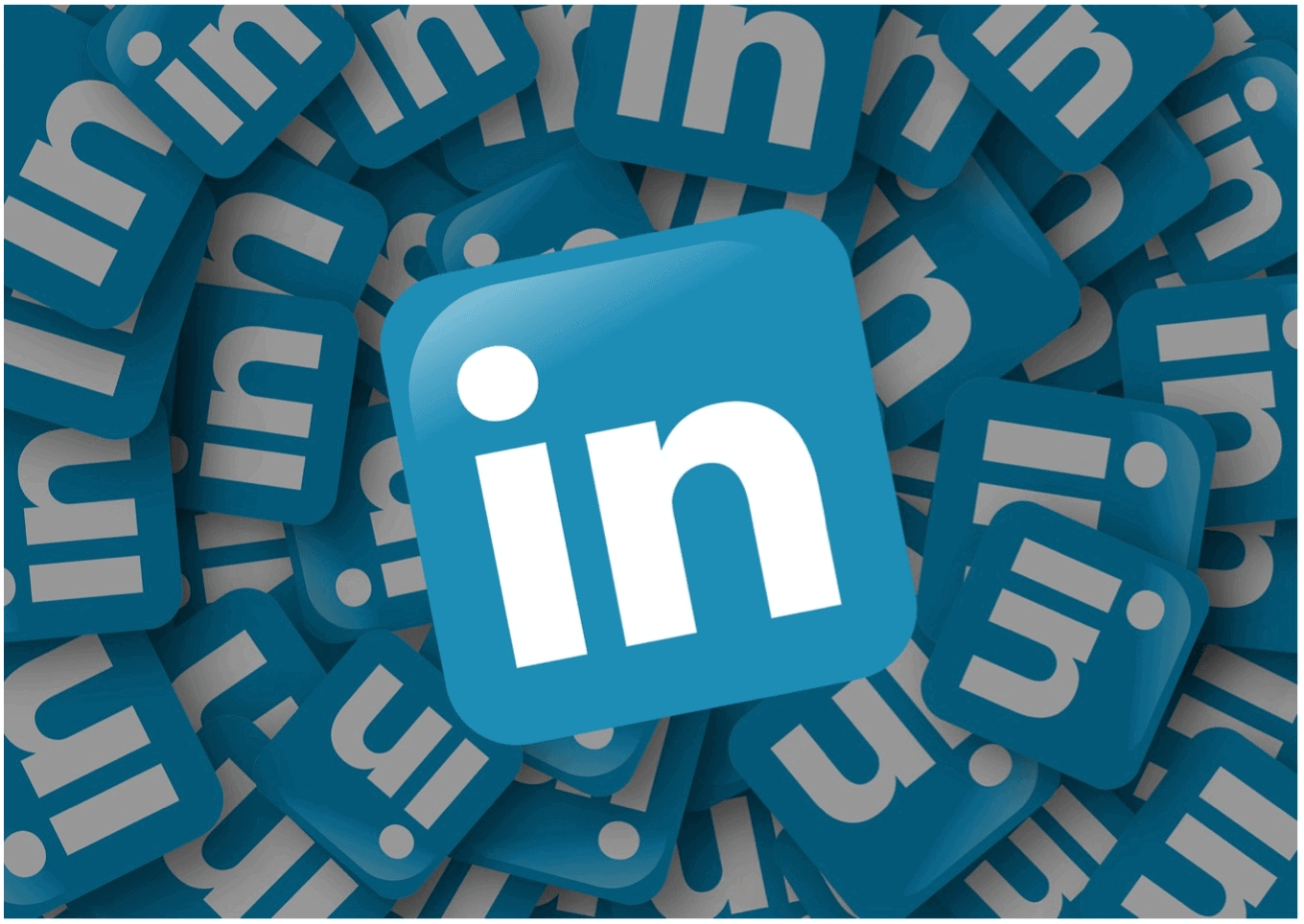It’s All About Your Profile
The most important thing you can do as a LinkedIn member is to maintain a robust and often updated LinkedIn profile. As mentioned in a previous post, there are different reasons to maintain a LinkedIn profile – and not just during a job search. The profile gives you an active forum to summarize your career milestones and accomplishments on a general level. It’s also an effective way to maintain contact with business associates for networking purposes. For job-searching opportunities, there are other tips to consider, including the following.
Add Contact Information
Your profile should include your email address and phone number so recruiters can communicate easily. Please put this information in your profile summary, so it’s quick to find. If you’d rather not list your primary contact information, consider a free service like Google Voice that allows you to create cloud-based phone numbers you can use from anywhere.
Smile
Because it’s the first thing someone will see when visiting your LinkedIn profile, it’s important to use the right profile picture. This image should be current, in color, and mostly focus on your face, which should be smiling! Please don’t include a long-distance shot and keep your dress professional. It would help if you also took advantage of the background photo space LinkedIn provides. This visual element sites at the top of your profile and can be used to grab someone’s attention by highlighting one of your interests. For example, if you like sailing, add a photo of the ocean. Are you a coffee snob? Add an image of coffee beans. There’s no hard rule on the type of photo to use as your background image. However, it would be best if you avoided anything that could push back a would-be visitor. For example, don’t promote politics here or your favorite sport’s team. Instead, find something with universal appeal.
Create a Story
LinkedIn makes it simple to add job history to your profile. However, it’s important to go beyond adding a laundry list of jobs, dates, and responsibilities. To stand out, summarize each job, explaining the highs and lows, and explain how you found success. Explain what you’ve already accomplished and why you’re looking for something new for your current job. The key here is to provide a narrative in every-day yet professional language. By doing so, you’ll add some of your personality to your text, which is always important to attract job recruiters.
Did We Mention Update?
Dusting off the CV is a time-honored tradition for new job seekers. And yet, it’s a process that shouldn’t just be done in between jobs. Keep your LinkedIn profile up-to-date by documenting your newest job achievements. Adding your achievements in essentially real-time means nothing is forgotten. It also shows would-be recruiters that you’re goal-oriented and problem solver.
Go Beyond Words
After ditching lists and focusing on storytelling, it’s also a good idea to add the occasional visual to your LinkedIn profile. These visuals might include PowerPoint presentations, PDFs, Word documents, infographics, and more. Add content that further personalizes your profile without going overboard. Make sure none of the information is proprietary. To add creative content, considering using LinkedIn’s SlideShare service. It’s simple to use and integrates easily with LinkedIn.
Use LinkedIn’s Job Seeking Tools
While a job recruiter may contact you, it’s more likely you’ll be the one to make the first contact. After all, a LinkedIn job search is just that, a job search. Luckily, LinkedIn offers a robust jobs board that’s designed to match your skills.
About Those Skills
Maintaining a living and breathing LinkedIn profile wouldn’t be complete without using the website’s Skills section. From here, you keep a running list of the skills that are relevant to you. Don’t go overboard when adding skills. Instead, focus on your core skills only, which tend to change over time. Otherwise, the section will become bloated and less appealing to visitors. You should update this section often to keep it fresh. With your skills up-to-date, please take advantage of LinkedIn’s job search function; use it to find jobs by title, company, location, skill, then apply.
Go Further
Beyond the job search tool, LinkedIn also offers a salary database, interview prep guide, and resume builder. The first of these includes real salaries by job title and location. The prep guide offers sample questions you might be asked at a real interview. Better still, it offers insight on which answers are the best and which ones you should avoid. The resume builder lets you import your current CV, then make it better by answering a series of questions. You can also activate job alerts, so you always know when new jobs that match your criteria get posted. Put together, each of these tools adds more benefit to your overall job search.
Follow Companies
Most companies have an online presence on LinkedIn. Be sure to follow the companies that interest you the most. These can include companies where you are actively seeking employment and also those that match your interests. Following companies through LinkedIn make it easier to access news and current positions as they get posted.
Remember Your Network
Networking is at the heart of LinkedIn, and every time you connect with someone new, that network grows. Use this network during job searches by reaching out to former colleagues and associates, friends from college, and more. It only takes one message to the right contact to open the door to a new career.
Cover Your Tracks
Your LinkedIn presence isn’t the only online profile you need to concern yourself with during a job search. Some recruiters also actively look at the social profiles of candidates. Make sure your Facebook, Twitter, and Instagram accounts are clear of information some might find inappropriate. Potential pitfalls include political comments and questionable photos. When in doubt, remove the content.
Use LinkedIn During Your Job Search Summary
LinkedIn offers various tools for job seekers. To get started, make sure your profile is up-to-date and uses the right language for advertising your skills and strengths. Thereafter, take advantage of the service’s built-in tools to find the next job on your career journey. You’ll be happy you did!
![]()



